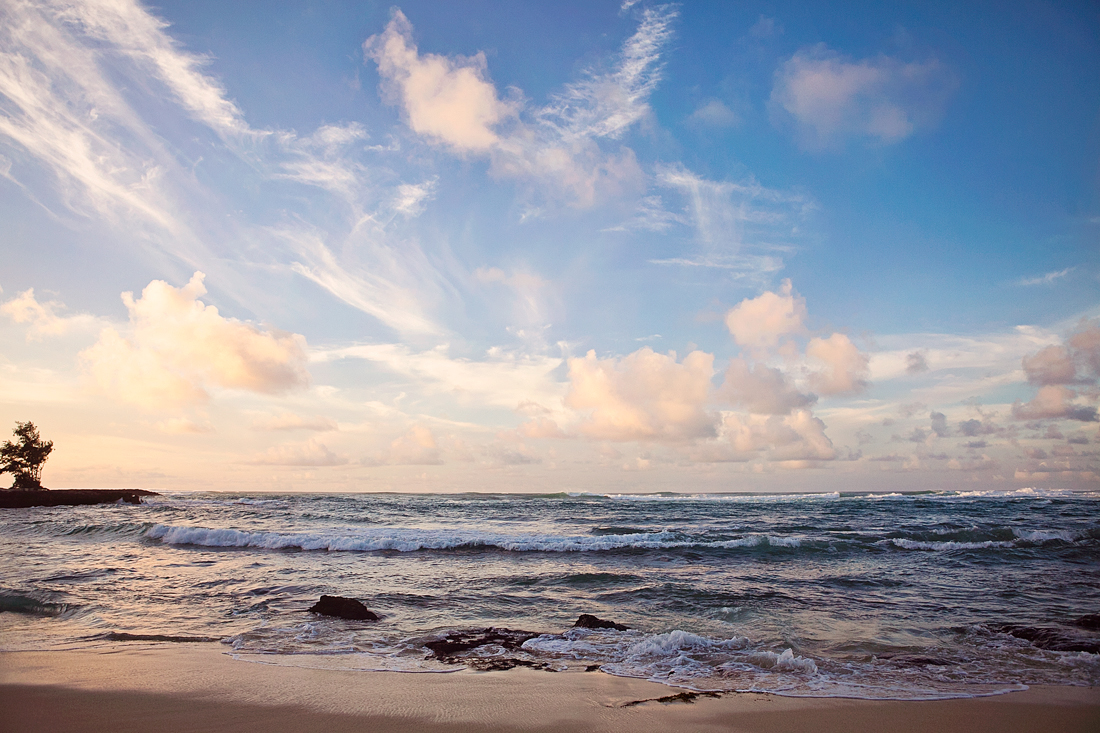Waikane is a small town located on the northeastern coast of the island of Oahu in Hawaii. It is situated about an hour’s drive from the state capital of Honolulu, and is known for its beautiful beaches, lush tropical forests, and rich cultural history.
One of the main attractions in Waikane is the beach, which is a popular spot for swimming, surfing, and sunbathing. The sand here is soft and white, and the water is crystal clear and inviting. There are also several parks and nature reserves in the area, including the Waikane Valley Park, which is home to a number of hiking trails, picnic areas, and other outdoor recreational facilities.
A Beautiful Sunset Beach
In addition to its natural beauty, Waikane is also home to a number of cultural and historical sites. The town was once a major center of trade and commerce for the ancient Hawaiian people, and there are several ancient heiau (temples) and other cultural sites scattered throughout the area. One of the most well-known of these is the Waikane Fishpond, a partially restored ancient Hawaiian fishpond that was used for both fishing and farming.
There are also several small shops and markets in Waikane where visitors can purchase souvenirs, gifts, and other items. The town is known for its locally made crafts, including wood carvings, baskets, and jewelry. There are also several restaurants in the area that serve a variety of local and international cuisine, including seafood, Thai food, and burgers.
Despite its small size, Waikane is a vibrant and lively community that is full of history and culture. The people here are friendly and welcoming, and are always happy to share their stories and traditions with visitors. There are also a number of festivals and events held throughout the year, including the Waikane Music Festival, which celebrates the town’s rich musical heritage with live performances and other activities.
Ancient Hawaiian Times
The area that is now Waikane was home to ancient Hawaiian settlements, with evidence of agricultural terraces and irrigation systems still visible today. The area was known for its fertile land and abundance of fresh water, making it an ideal location for farming.
Colonial Times In the 1800s, Waikane became a hub for sugar cane production. The fertile land and ample water supply made it an ideal location for sugar cane plantations. The sugar industry brought many immigrants to the area, including Chinese, Japanese, and Portuguese workers who played a crucial role in the growth and success of the sugar industry.
World War II
During World War II, Waikane played a critical role in the defense of Hawaii. The area was home to several military installations, including a radar station and anti-aircraft gun emplacements. The military installations were strategically located to defend against potential enemy attacks.
After World War II, the sugar industry began to decline, and many of the plantations in Waikane were abandoned. The area transitioned to a more residential community, with many of the former plantation workers and their families staying in the area and establishing homes.
Post-War Era
Today, Waikane is a small, tight-knit community with a rich history and culture. The area is known for its natural beauty, with lush green valleys, scenic waterfalls, and stunning ocean views. It’s a popular destination for hiking and outdoor activities, with many trails and parks in the area.
Overall, Waikane is a beautiful and historic place that is well worth a visit for those interested in experiencing the natural beauty and cultural richness of Oahu.

